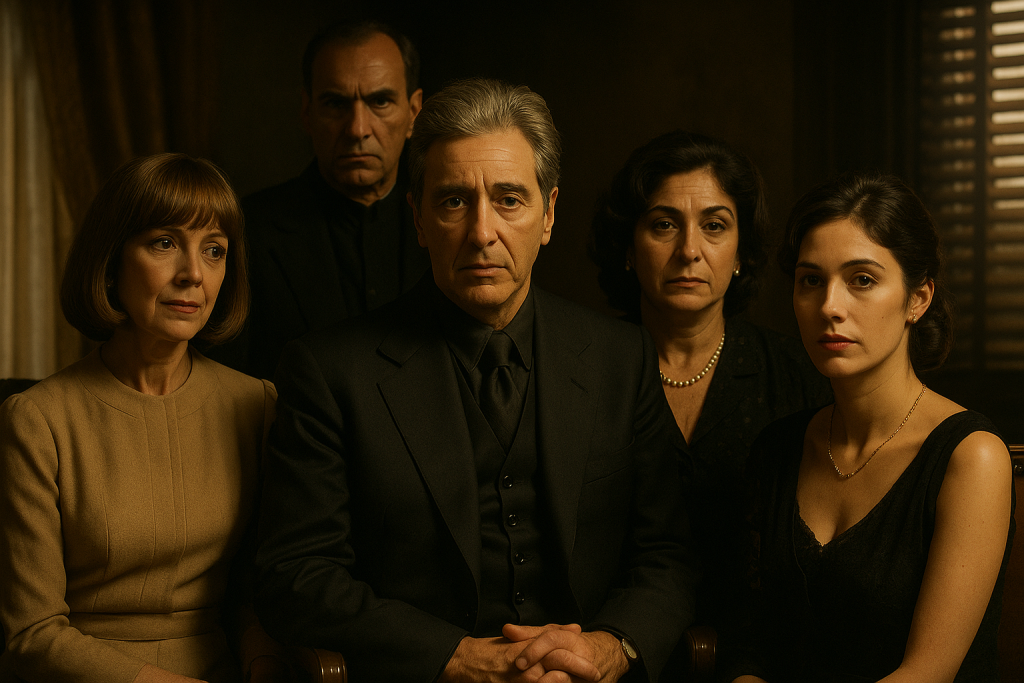
Across three films and nearly two decades, a handful of performers stitch the Corleone saga into a single, inexorable arc. Four principal actors return in every chapter-Al Pacino, Diane Keaton, Talia Shire, and Richard Bright-each carrying a different facet of the family’s rise, rot, and reckoning. And there’s a fifth, unexpected thread that quietly ties all three movies together.
Al Pacino’s Michael Corleone is the trilogy’s dark heartbeat. From war-hero outsider to calculating Don to remorseful elder seeking legitimacy, Pacino charts a transformation that defines American cinema’s anti-hero. He is the constant in Parts I, II, and III-the son who swore he wasn’t like his family and then became its most formidable expression.
Diane Keaton’s Kay Adams-Corleone serves as the audience’s conscience and witness. Through Kay’s evolving proximity-girlfriend, wife, estranged partner-Coppola shows how power isolates and corrodes the private sphere. Keaton’s return in each film keeps the moral ledger visible, culminating in Part III’s bittersweet reckonings.
Talia Shire’s Connie Corleone travels one of the trilogy’s most underrated arcs. Introduced as the sheltered sister in Part I, Connie emerges, film by film, as a sharp, quietly ruthless operator within the family structure. By Part III, she is no longer on the margins-she is an active custodian of the Corleone legacy.
Richard Bright’s Al Neri is the silent hinge of Michael’s power-present in every installment, speaking rarely but acting decisively. Bright’s Neri executes the baptism-montage hit in Part I, helps seal Fredo’s fate in Part II, and enforces Michael’s will even into the Vatican entanglements of Part III. He is the loyal shadow who closes the office door on Kay-and on Michael’s former life.
And the surprising thread? Sofia Coppola appears in all three films-but in different roles. She is the infant Michael Francis Rizzi in the baptism scene of Part I, an immigrant child on the ship in Part II, and, most famously, Mary Corleone in Part III. Her presence-moving from background to the story’s tragic center-adds an unexpected, familial echo to the trilogy’s continuity.
Taken together, these returning faces give the Corleone saga its continuity of feeling: Michael’s chilling resolve, Kay’s moral clarity, Connie’s ascension from bystander to player, Neri’s implacable enforcement, and Sofia Coppola’s meta-textual thread. That is why The Godfather doesn’t feel like three films-it feels like one long, fateful family story.





